Not for the first time, Airbus will have to pursue a USAF tanker contact without a U.S. partner, after Lockheed decided to withdraw. But why?
It has many names. The French Air Force calls it the Phénix. In Britain, the RAF calls it the Voyager. Australia, its launch customer, calls it the KC-30A. And had the United States bought it when Airbus and Northrop-Grumman pursued their bid some years ago, it would have been called the KC-45.
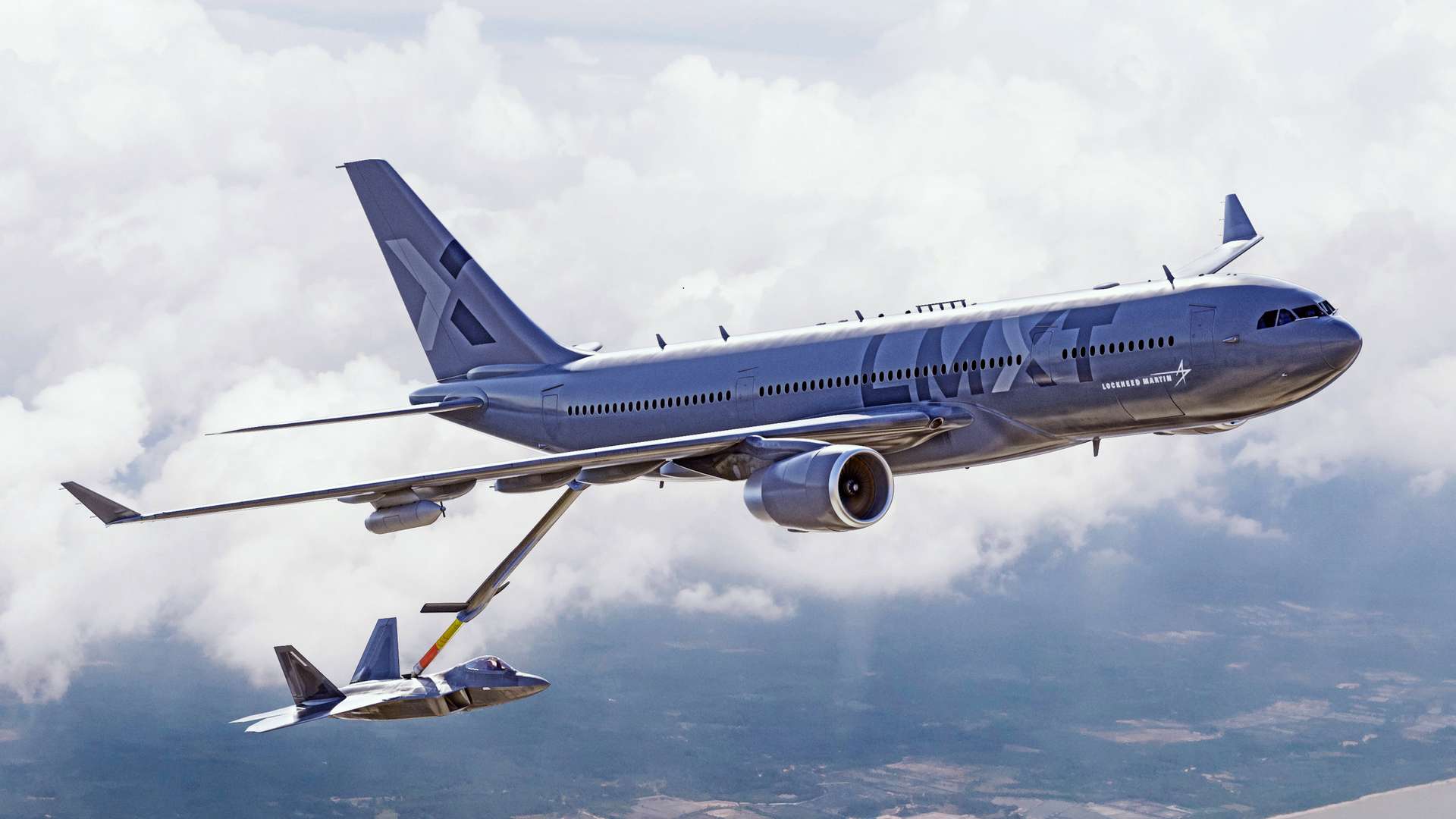
This was the KC-X competition, that Boeing ultimately won, with the KC-46 Pegasus. Northrop and Airbus actually won first in this USAF contest with their tanker. Then Boeing protested about the criteria the Air Force used.
The larger size of the KC-45 (Airbus A330 MRTT) was looked upon favorably by the Air Force, for the aircraft’s secondary role as a freighter, which wasn’t part of the original requirements. This is a long and still rather controversial story.
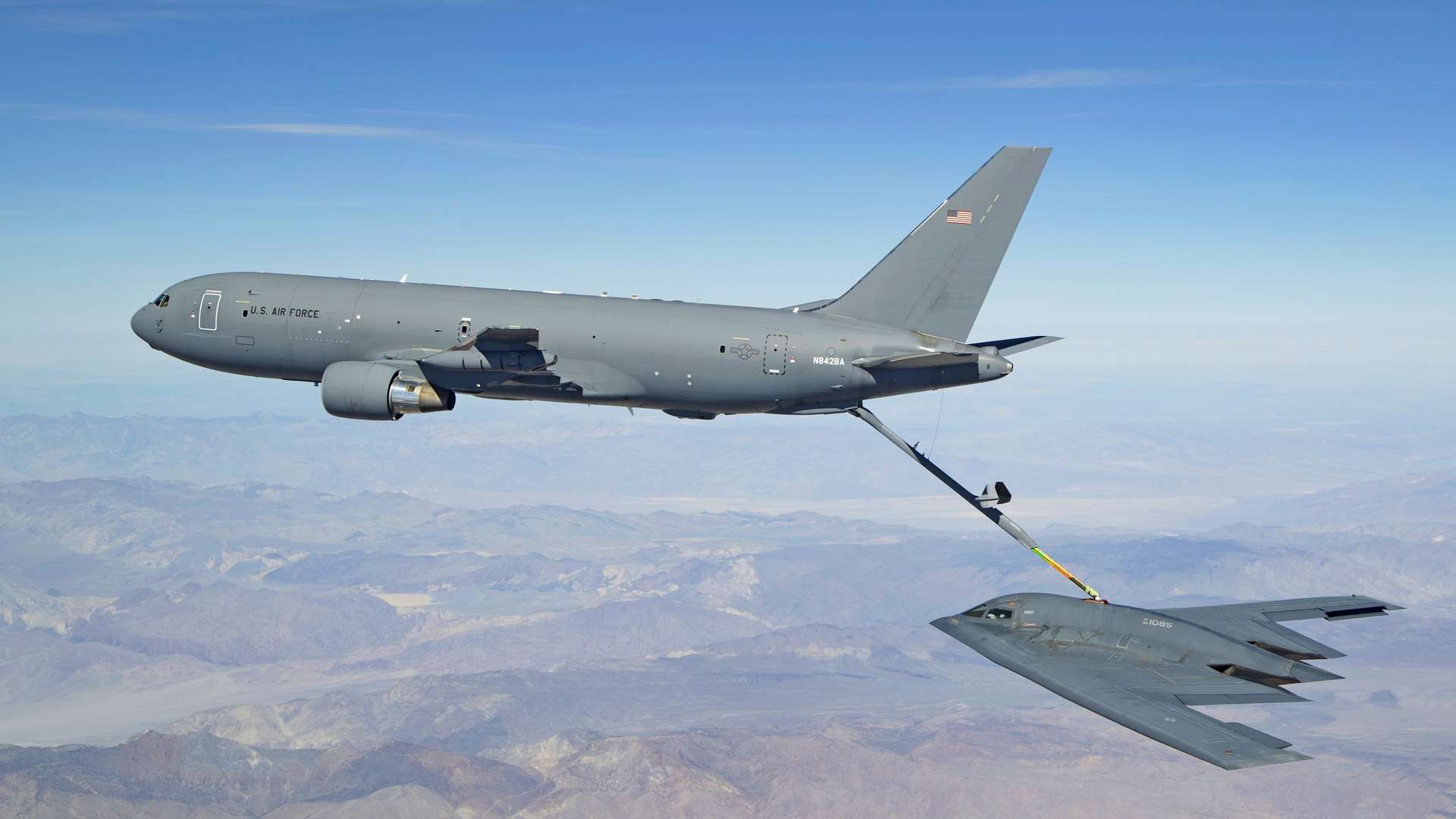
The latest chapter in this affair is the KC-Y competition. It is still in the Request for Information (RFI) stage. And this time, Airbus partnered with Lockheed, to offer the MRTT as a replacement for the aging USAF KC-135 tanker fleet. Lockheed called this the LMXT.
The reason this contest is interesting even to commercial aviation watchers, is because of its possible implications on the future of the Airbus A330. Currently, the production of the commercial A330neo is fairly slow, at approximately 3 aircraft per month.
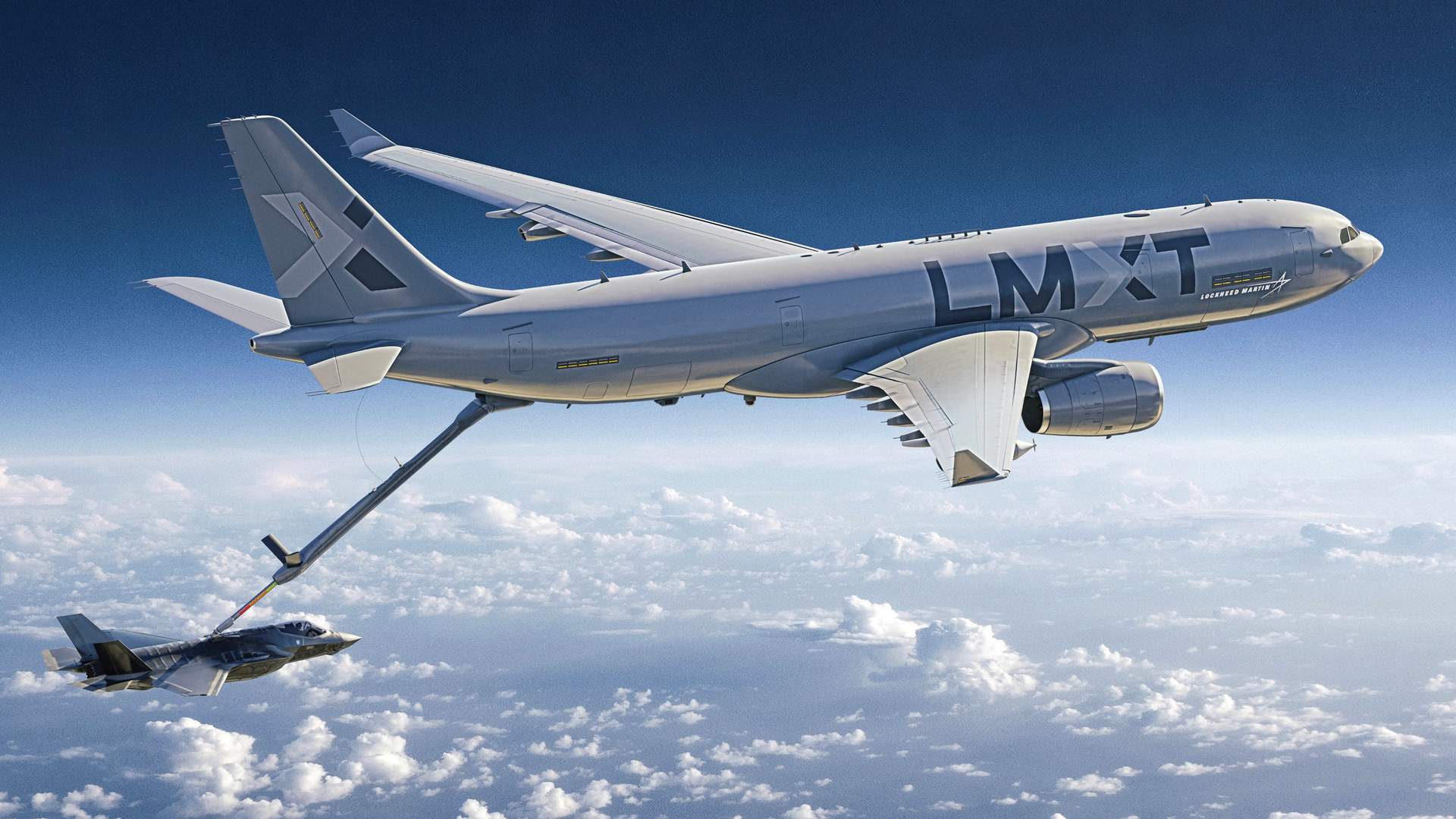
Airbus, The USAF KC-Y Tanker, Lockheed, and the A330
Airbus uses the same production line in Toulouse as the A330neo to make the MRTT, even though it is based on the older A330-200. Then those planes that will become tankers go to an Airbus Military site in Getafe, Spain, for the rest of the work.
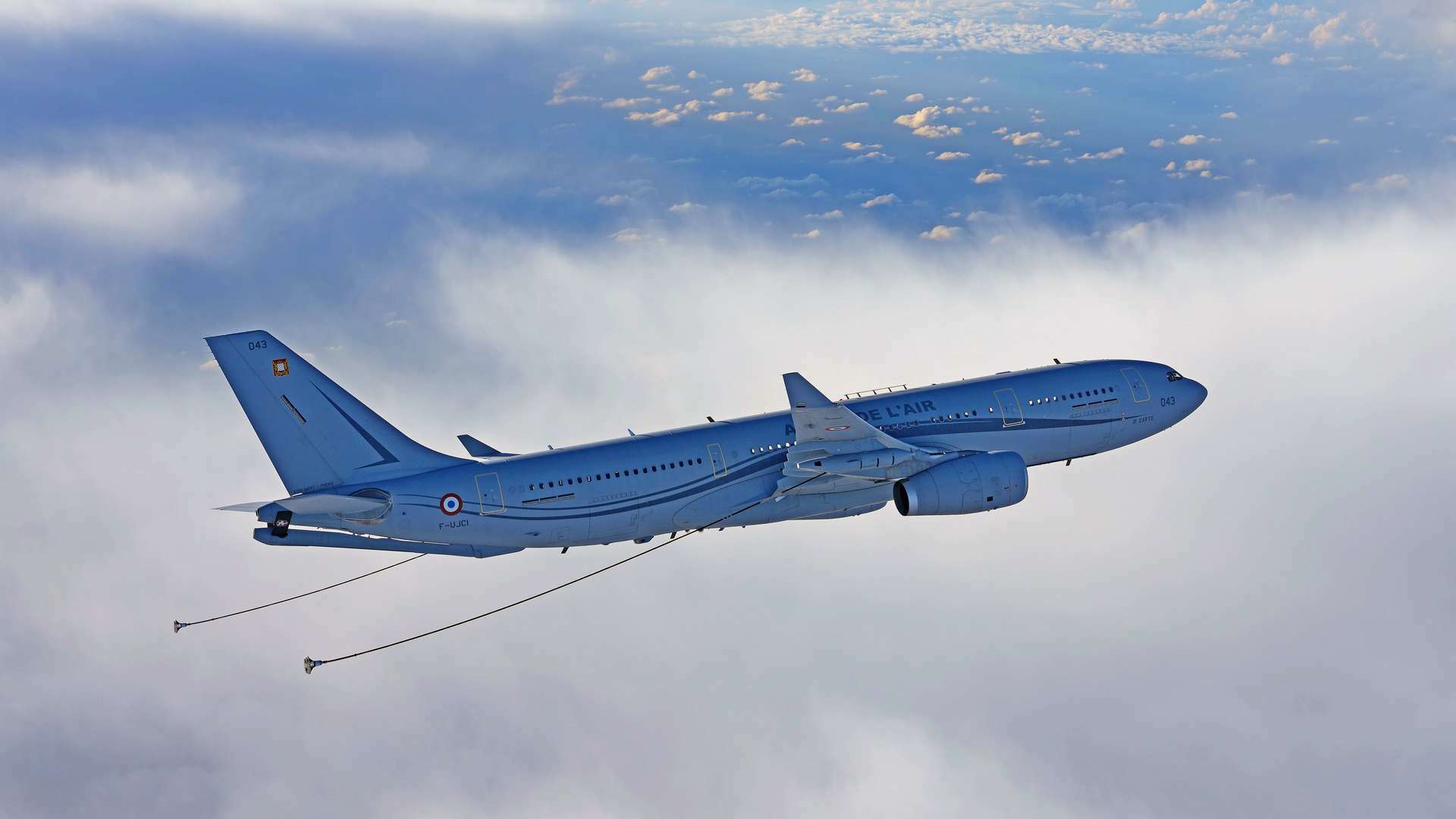
Should Airbus win the USAF tanker contract, it would build an A330 finish assembly line (FAL) in Mobile, Alabama, at the site where it currently makes A320s and A220s. Then under the joint USAF LMXT plan with Lockheed, Airbus would fly each plane to Marietta, Georgia, where Lockheed would finish it as a tanker.
But given the rather low demand for A330neo airliners, winning the USAF KC-Y tanker contract would likely cause Airbus to move ALL A330 production to Alabama. That’s assuming that Airbus can now build the facilities it needs to complete the aircraft as tankers in the United States, without Lockheed.

But why did Lockheed leave Airbus to compete for this USAF tanker competition alone, against Boeing? Lockheed offers some clues on this, in its press release:
“We are transitioning Lockheed Martin’s LMXT team and resources to new opportunities and priority programs within Lockheed Martin, including development of aerial refueling solutions in support of the U.S. Air Force’s Next-Generation Air-Refueling System (NGAS) initiative.”
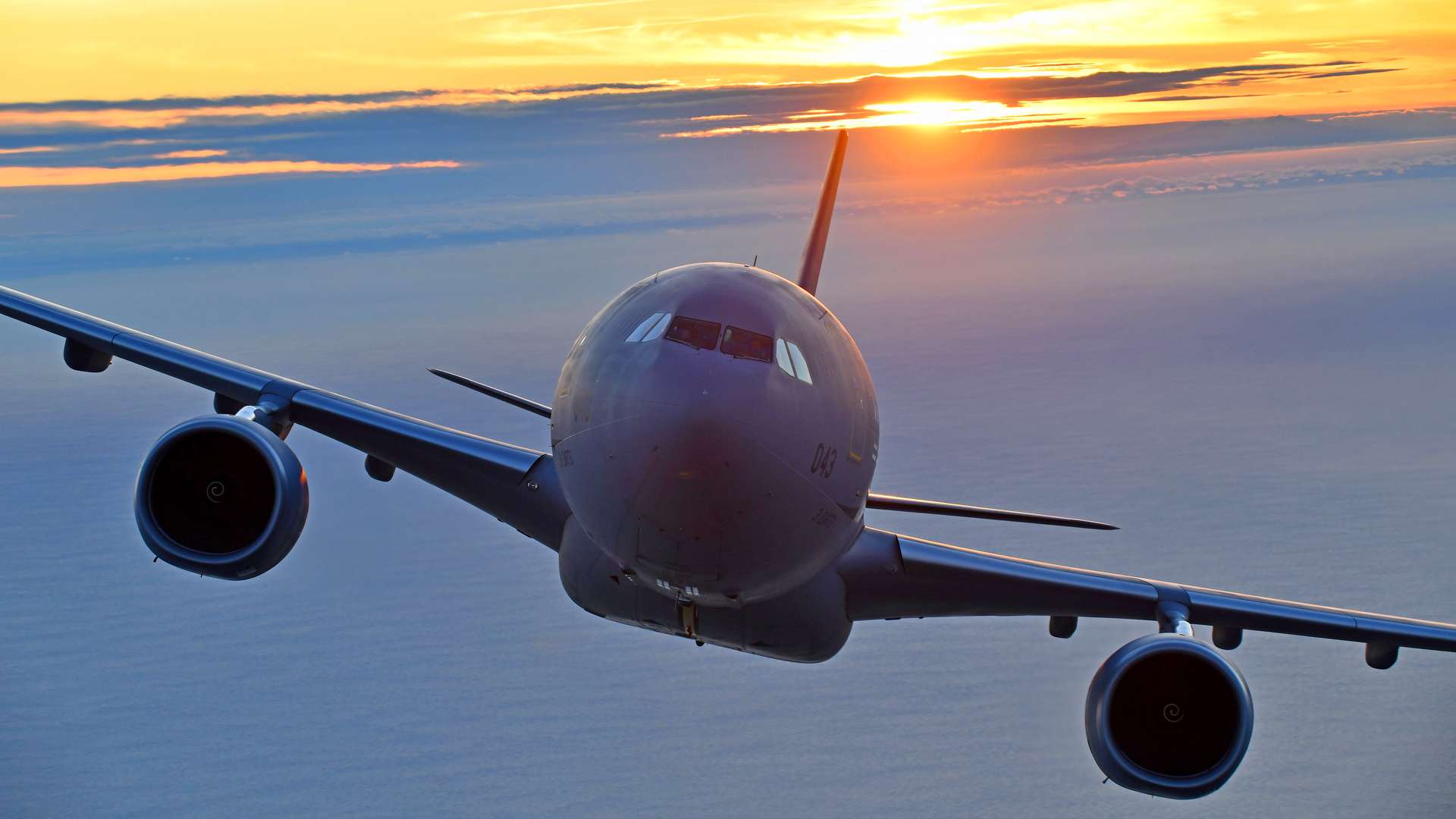
As it stood, the USAF KC-Y contract that Airbus partnered with Lockheed for, was to be a low-risk “bridge tanker” program. Then KC-X and KC-Y would be followed by KC-Z. This would be a long-term, more ambitious program, incorporating features like low-observability (stealth).
Higher Ambitions?
Recent geo-political developments have bumped up the importance of military equipment that addresses “peer threats”. As a result, it appears that the U.S. Air Force reduced its KC-Y needs to 75 aircraft, down from initial calls for 160.

This drop, plus the prospect of a more lucrative, stealthy USAF tanker program, likely drove Lockheed away from the LMXT and Airbus. The U.S. Air Force has been eyeing blended wing body (BWB) aircraft designs for some time now.
The Air Force is far from pleased with the delays and other issues with Boeing’s KC-46. But it will likely pick Boeing’s plane for these extra 75 jets in competition with Airbus, or simply award the contract to Boeing directly.
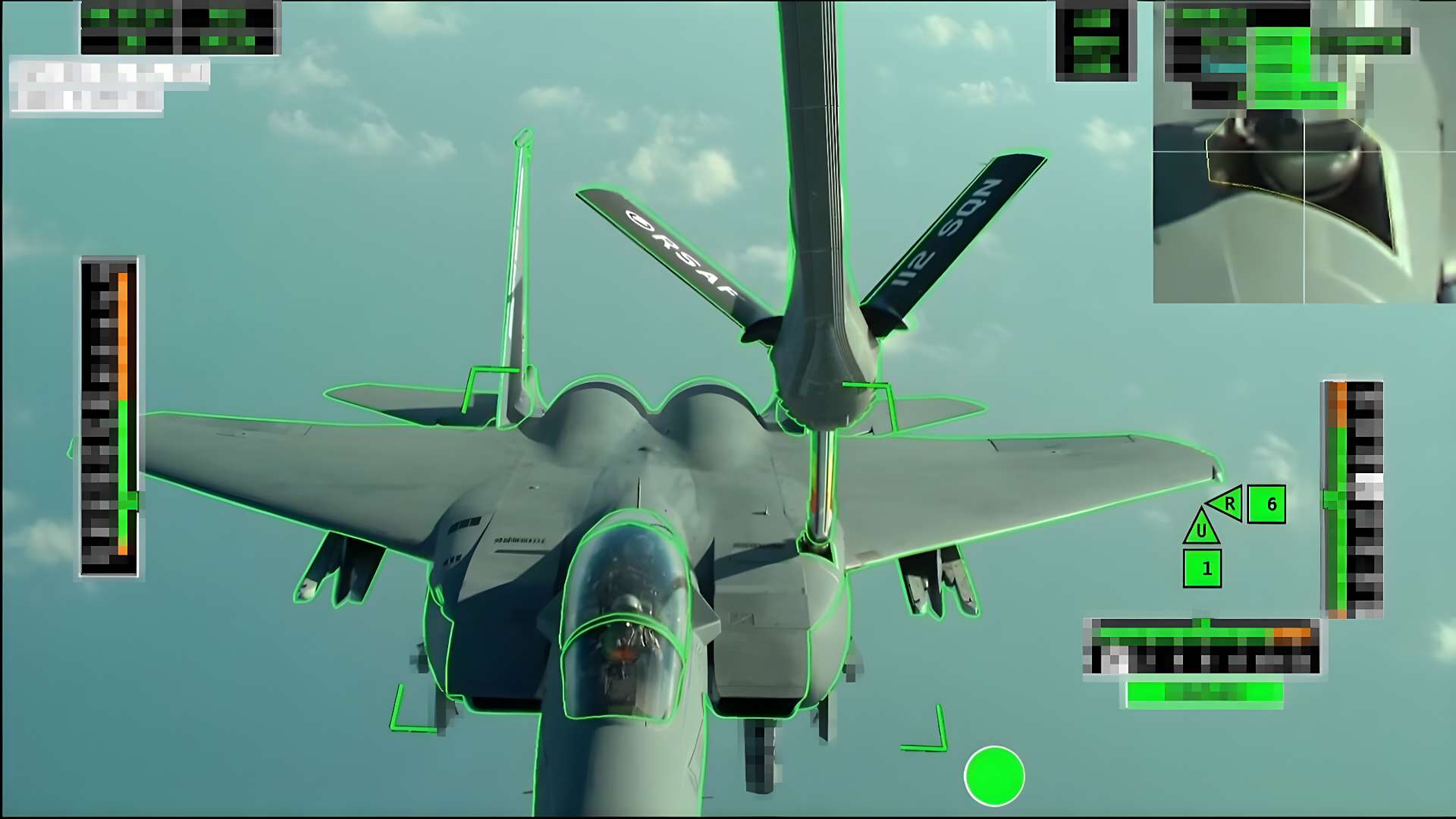
So, what’s next for the European manufacturer? The MRTT had its own childhood issues, but these seem to be behind it now. The Airbus tanker has demonstrated automatic refueling capability for a number of jets that use the boom system, including USAF models like the F-15 and F-16.
Airbus has recently received MRTT contracts from Brazil, Canada, and a follow-up contract from Spain. They follow existing contracts with Australia, the United Kingdom, France, the UAE, Saudi Arabia, Singapore, and South Korea. Some of these involve modifying existing jets, rather than new airframes – an option that Boeing hasn’t offered for its KC-46.
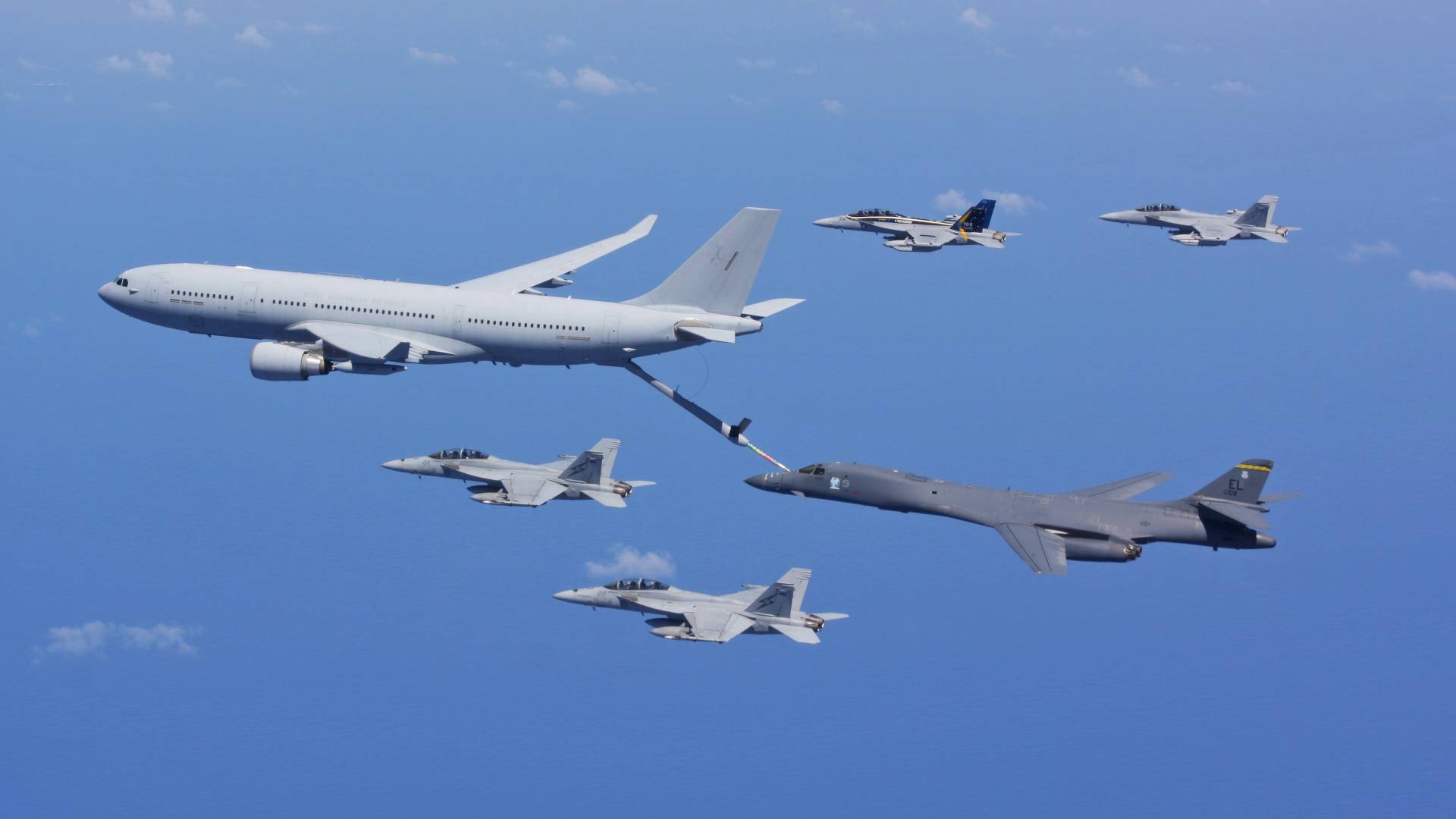
Obviously, a USAF contract would still be a great vote of confidence for Airbus and its tanker, likely helping to drive more sales. Commercially, it could also help drive demand for used A330-200s, which has now entered a downturn, as the cargo industry settles down after the pandemic.
Sources: Reuters, Leeham News



